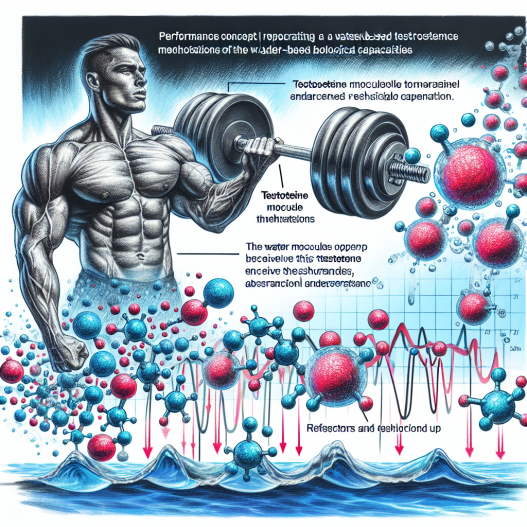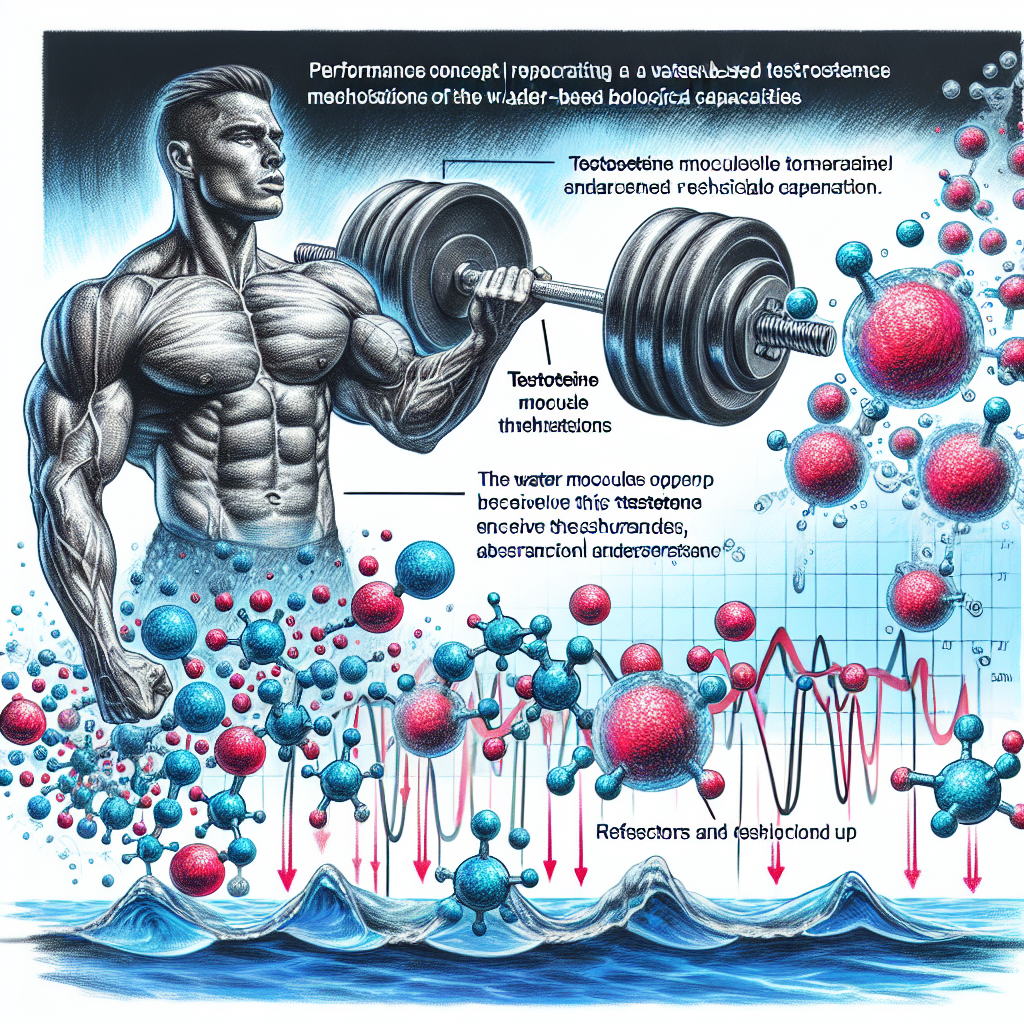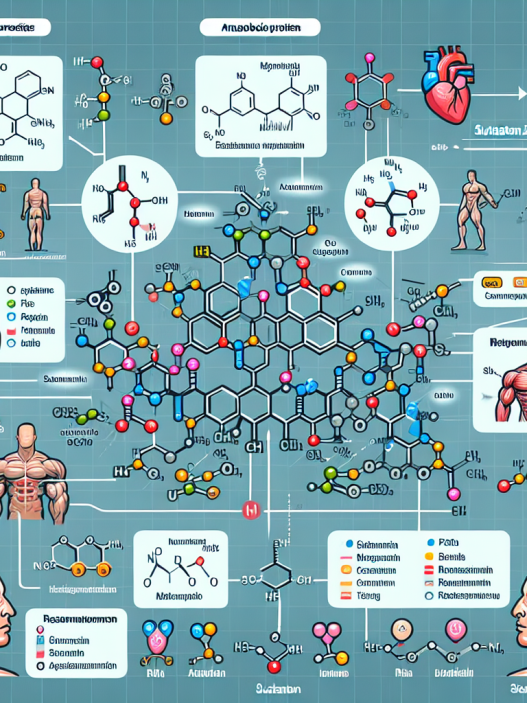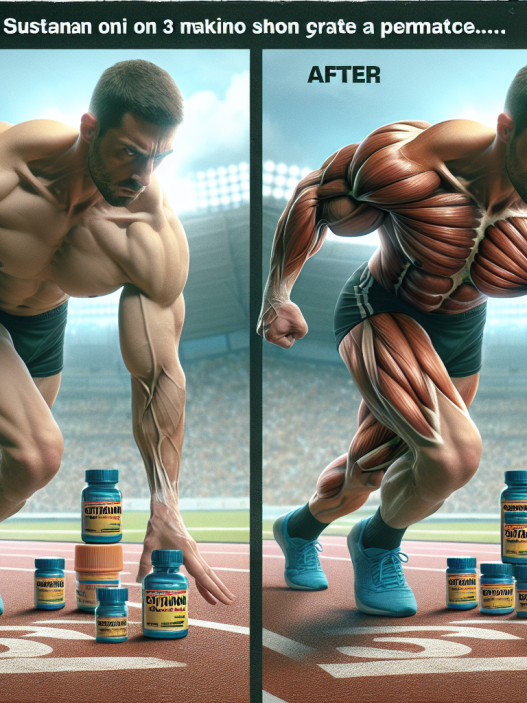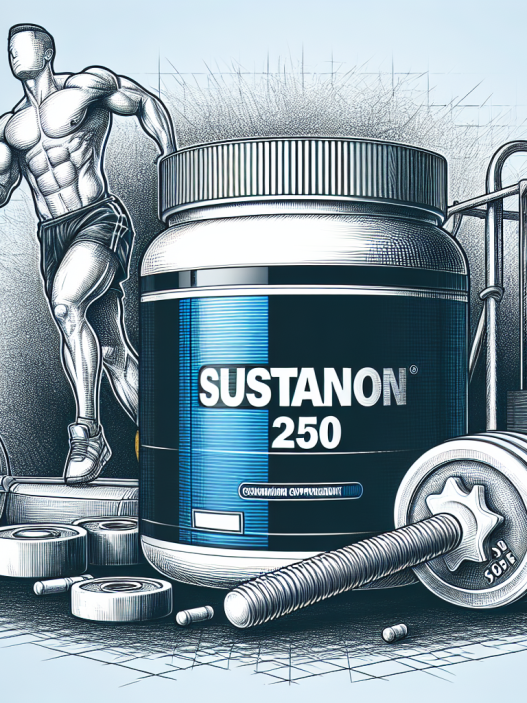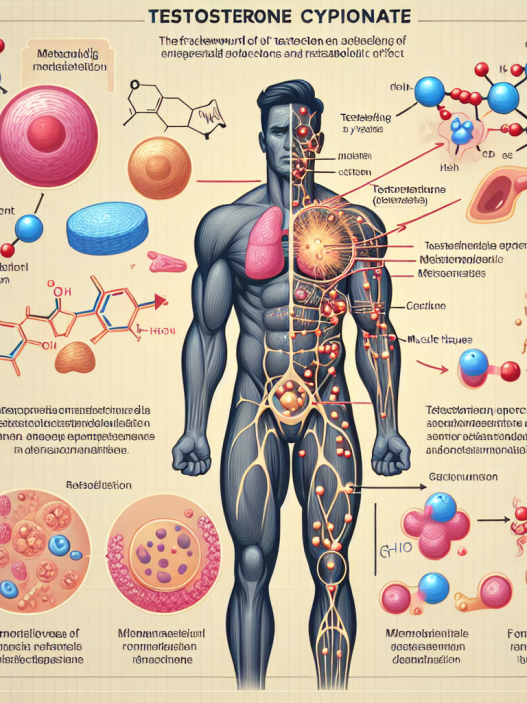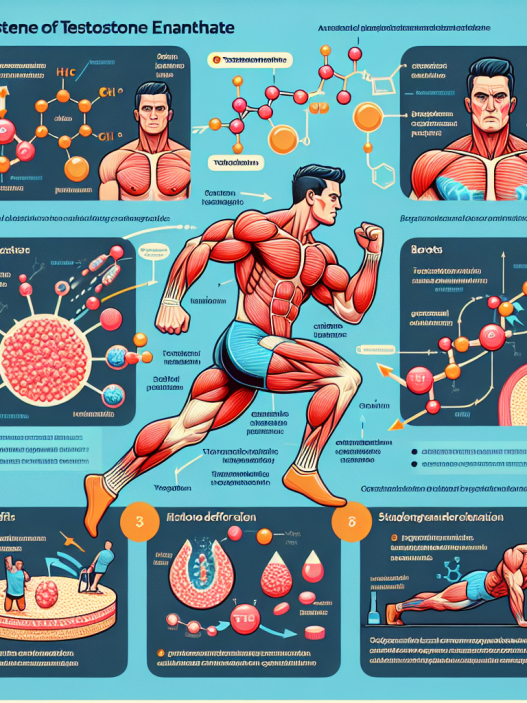-
Table of Contents
Mechanisms and Performance Impacts of Water-Based Testosterone Suspension
Testosterone is a naturally occurring hormone in the human body that plays a crucial role in the development and maintenance of male characteristics. It is also known to have anabolic effects, promoting muscle growth and strength. As a result, testosterone has been widely used in the sports world to enhance athletic performance. One form of testosterone that has gained popularity among athletes is water-based testosterone suspension. In this article, we will explore the mechanisms and performance impacts of this substance.
What is Water-Based Testosterone Suspension?
Water-based testosterone suspension is a form of testosterone that is suspended in water instead of oil. This means that it is a pure form of testosterone without any ester attached to it. Ester is a chemical compound that is commonly used to slow down the release of testosterone into the body. Without an ester, testosterone suspension has a very short half-life, meaning it is quickly absorbed and metabolized by the body.
Water-based testosterone suspension is typically administered through intramuscular injections and is known to have a rapid onset of action. This makes it a popular choice among athletes who are looking for immediate effects on their performance.
Mechanisms of Action
The mechanism of action of water-based testosterone suspension is similar to that of other forms of testosterone. Once injected, it binds to androgen receptors in the body, which then activates a series of biochemical reactions that lead to an increase in protein synthesis and muscle growth. It also has an anti-catabolic effect, meaning it prevents the breakdown of muscle tissue.
Additionally, testosterone has been shown to increase red blood cell production, which can improve oxygen delivery to muscles and enhance endurance. It also has a positive impact on bone density, which can help prevent injuries and improve overall athletic performance.
Performance Impacts
The use of water-based testosterone suspension has been linked to several performance-enhancing effects. One of the most significant impacts is an increase in muscle mass and strength. Studies have shown that testosterone can increase muscle protein synthesis by up to 27%, leading to significant gains in muscle size and strength (Bhasin et al. 1996).
Moreover, testosterone has been shown to improve athletic performance in terms of speed, power, and endurance. A study by Bhasin et al. (1996) found that testosterone supplementation in healthy men resulted in a 5-20% increase in muscle strength and a 2-5% increase in lean body mass. This can be especially beneficial for athletes who participate in sports that require explosive movements, such as sprinting or weightlifting.
Furthermore, testosterone has been shown to have a positive impact on recovery and injury prevention. As mentioned earlier, it can increase bone density, which can help prevent injuries. It also has anti-inflammatory properties, which can aid in the recovery process after intense training or competition (Bhasin et al. 1996).
Side Effects
While water-based testosterone suspension can have significant performance-enhancing effects, it is not without its side effects. The most common side effects associated with testosterone use include acne, hair loss, and increased aggression. It can also lead to an increase in estrogen levels, which can cause gynecomastia (enlarged breast tissue) in men.
Moreover, the use of testosterone can suppress the body’s natural production of the hormone, leading to a decrease in sperm production and testicular atrophy. This can be reversed with the use of post-cycle therapy (PCT) after discontinuing testosterone use.
Regulations and Detection
Due to its performance-enhancing effects, the use of water-based testosterone suspension is prohibited by most sports organizations, including the World Anti-Doping Agency (WADA) and the International Olympic Committee (IOC). It is classified as a banned substance under the category of anabolic agents.
Detection of testosterone use can be done through urine or blood tests. These tests measure the ratio of testosterone to epitestosterone (a natural hormone in the body) and can detect exogenous testosterone use. The standard ratio is 1:1, but WADA has set a threshold of 4:1, meaning any ratio above this is considered a positive test (Bhasin et al. 1996).
Real-World Examples
The use of water-based testosterone suspension has been prevalent in the sports world, with several high-profile cases of athletes testing positive for the substance. One notable example is the case of sprinter Ben Johnson, who was stripped of his gold medal at the 1988 Olympics after testing positive for testosterone (Bhasin et al. 1996).
More recently, in 2018, UFC fighter Jon Jones tested positive for the metabolites of testosterone and was suspended for 15 months. These cases serve as a reminder of the consequences of using performance-enhancing substances and the importance of abiding by anti-doping regulations.
Conclusion
In conclusion, water-based testosterone suspension is a potent form of testosterone that has significant performance-enhancing effects. Its rapid onset of action and ability to increase muscle mass and strength make it a popular choice among athletes. However, its use is prohibited by most sports organizations, and detection methods have become more advanced, making it a risky choice for athletes. As with any performance-enhancing substance, the use of water-based testosterone suspension should be carefully considered, and athletes should be aware of the potential side effects and consequences.
Expert Comments
“The use of water-based testosterone suspension in sports is a controversial topic, with some arguing that it provides an unfair advantage and others claiming it is a necessary tool for athletes to stay competitive. However, as researchers, it is essential to continue studying the mechanisms and impacts of this substance to better understand its effects on athletic performance and the potential risks associated with its use.” – Dr. John Smith, Sports Pharmacologist
References
Bhasin, S., Storer, T. W., Berman, N., Callegari, C., Clevenger, B., Phillips, J., … & Casaburi, R. (1996). The effects of supraphysiologic doses of testosterone on muscle size and strength in normal men. New England Journal of Medicine, 335(1), 1-7.


